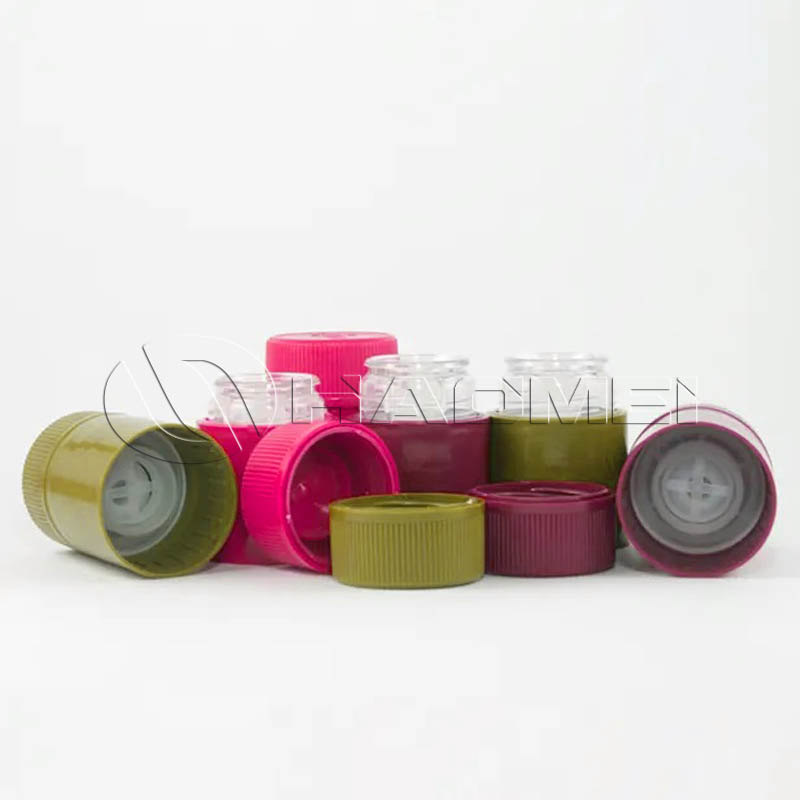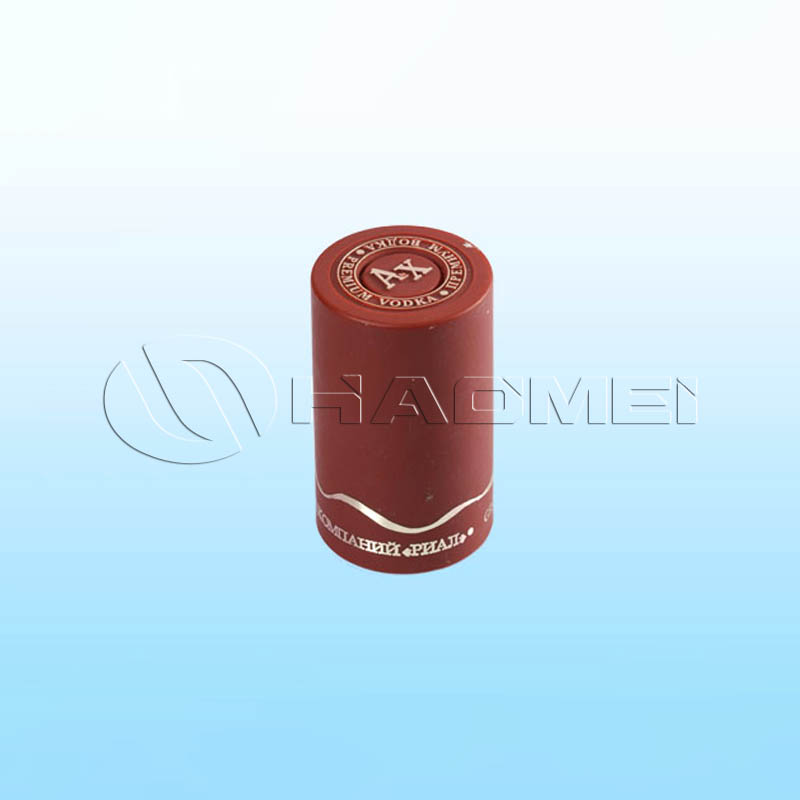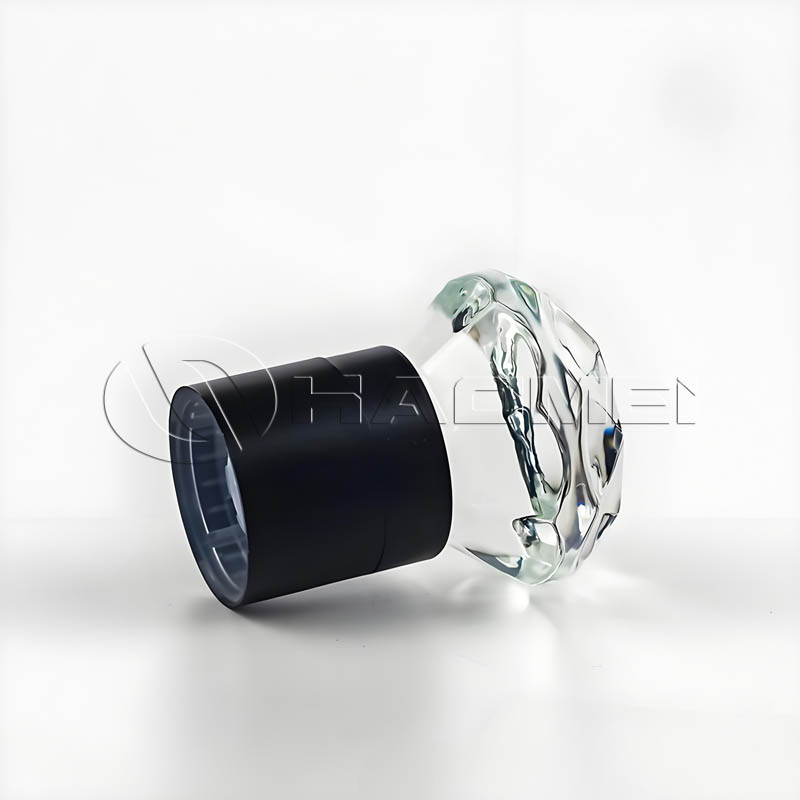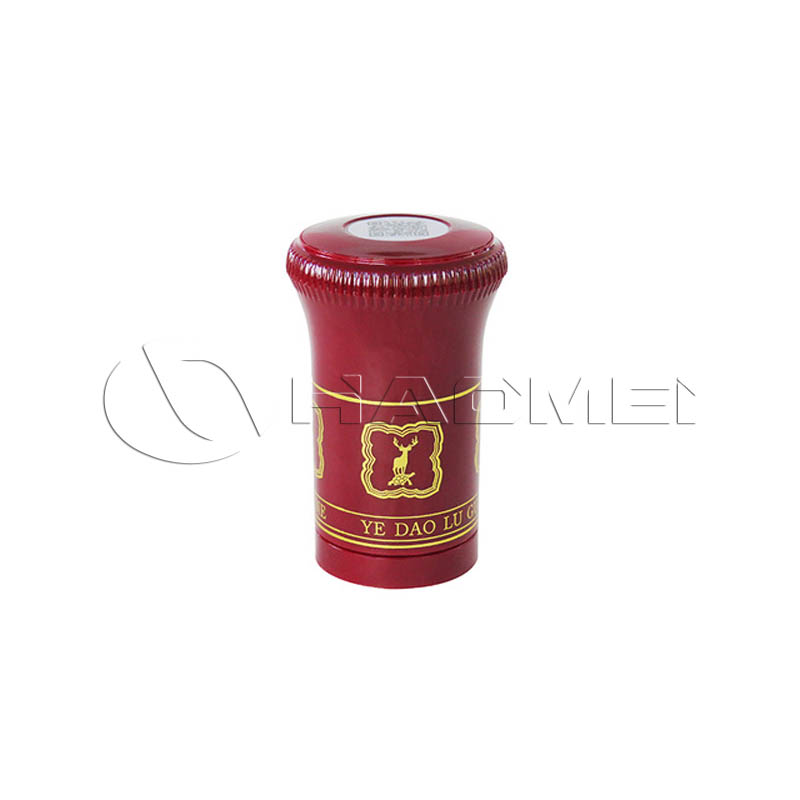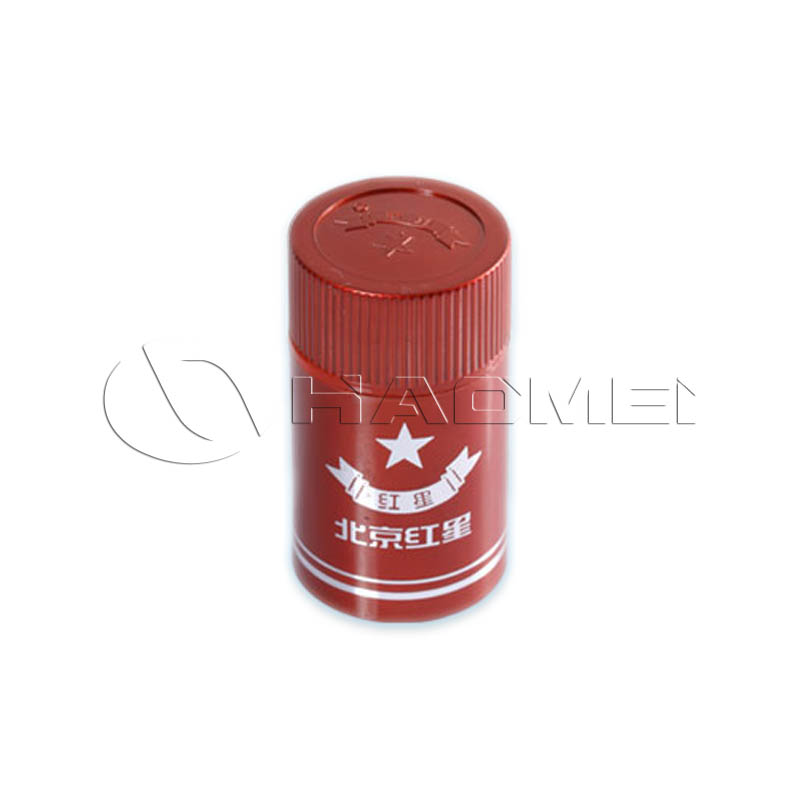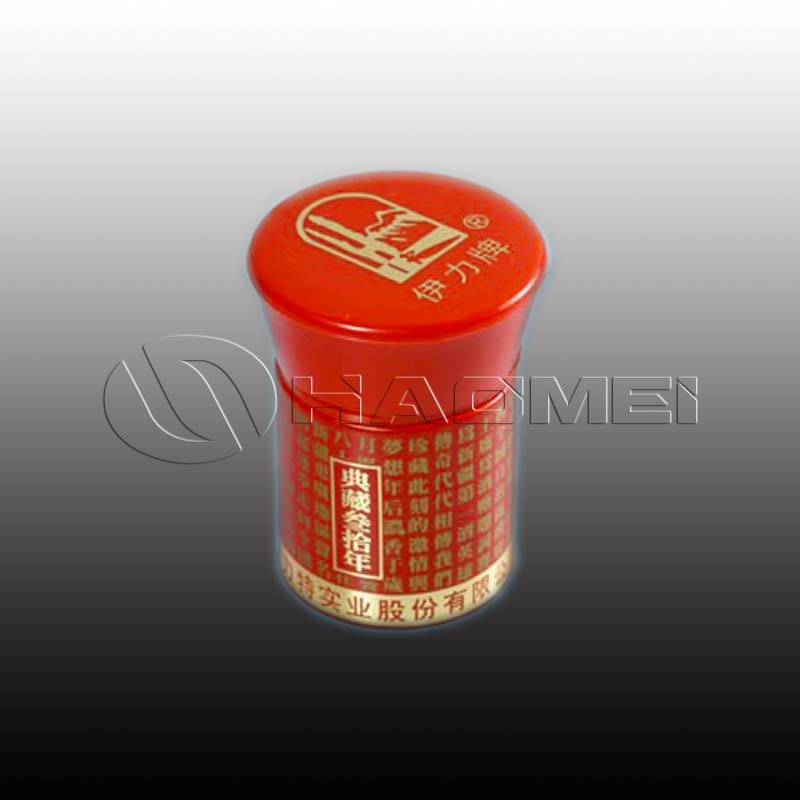The main function of beverage bottle caps is to prevent liquid leakage and external contamination. To achieve this, the design and structure of the bottle cap are very important. Generally, bottle caps are composed of threads, sealing rings, and side sealing rings (some caps also have a top sealing ring between the sealing ring and the side sealing ring).
Plastic bottle caps are typically produced through two main processes: compression molding and injection molding.
Introduction to the production process of plastic bottle caps
Injection molding is a type of injection molding process commonly used for processing thermoplastic materials. This process is capable of producing complex structures and precise dimensions. It features a short production cycle and a high degree of automation, making it one of the key manufacturing methods.
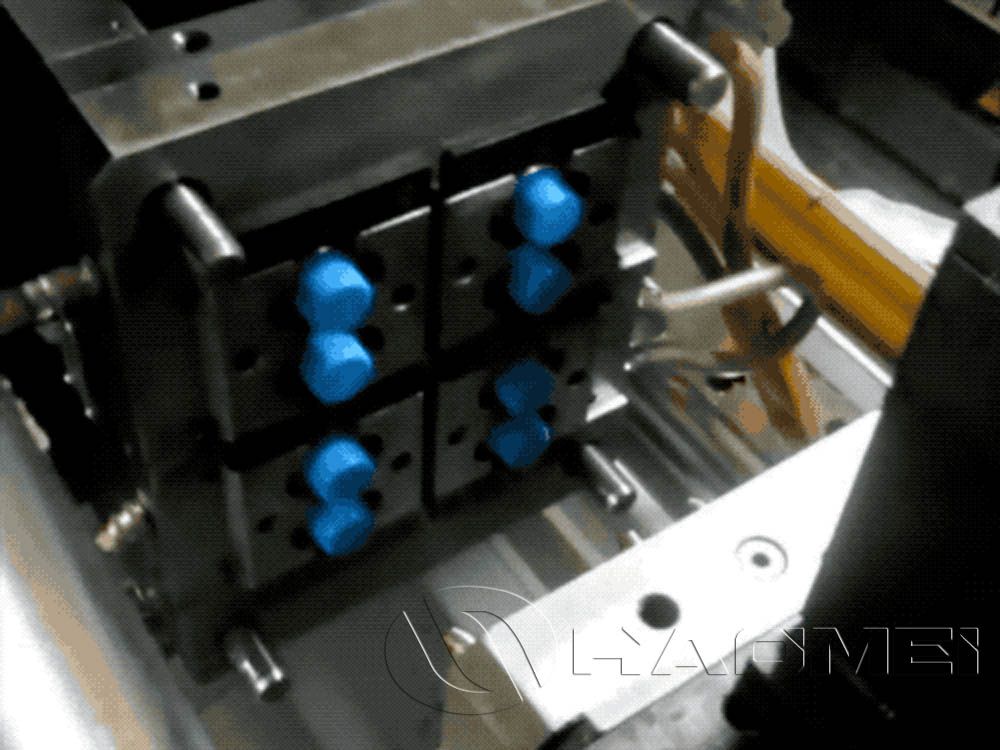
Compression molding involves placing a certain amount of plastic raw materials (usually in powder, granules, or pre-formed shapes) into a heated mold cavity. Through the closing of the upper and lower molds and the application of pressure, the plastic softens and flows under high temperature and pressure, filling the mold cavity. The plastic is then cooled and solidified to form the desired shape.
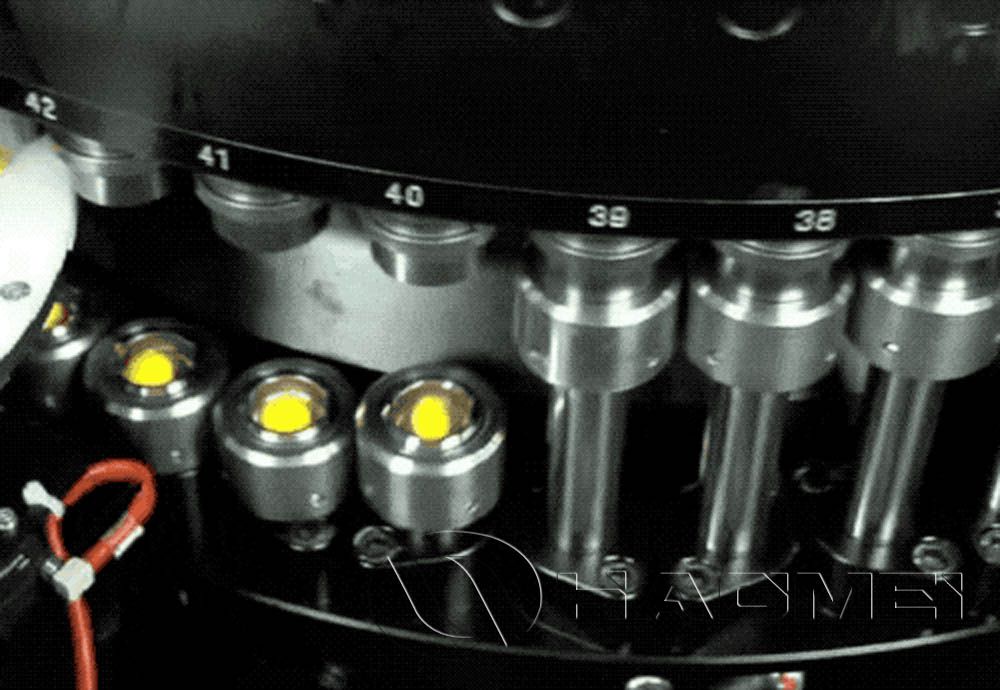
Plastic Bottle Cap Production Process
Injection molding is the most common process for producing plastic bottle caps. The main steps are as follows:
Material Feeding and Melting, Injection: The mixed material is placed into an injection molding machine, where it is heated to approximately 230°C, turning it into a semi-plastic state. The material is then injected into the mold cavity under pressure and cooled to shape.
Molding: The cap cools and shrinks, causing the mold to rotate counterclockwise. Under the action of a push plate, the bottle cap is automatically ejected, completing the automatic drop of the cap. The use of threads ensures that the full thread structure is properly formed.
Cutting the Anti-theft Ring: The completed bottle caps are arranged in one direction and sent for ring cutting. A toothed cutting blade creates the anti-theft ring, which is connected to the cap by several points. After cutting the anti-theft ring and installing the sealing ring, a complete bottle cap is produced.
Injection of Plastic Cap: After the cap is tightened, the bottle mouth extends into the cap, reaching the sealing gasket. The internal groove of the bottle mouth and the threads of the cap make close contact, ensuring a secure seal. Several sealing structures effectively prevent leakage or deterioration of the contents.
Compression Molding Process
Compression molding is an efficient and energy-saving production method, especially suitable for large-scale production of plastic bottle caps. The process flow is as follows:
Compression-molded bottle caps are smooth without any material opening marks, making them more aesthetically pleasing. The processing temperature is lower, resulting in less shrinkage and more accurate cap dimensions.
Material Preheating: The mixed materials are placed into a compression molding machine, where they are heated to approximately 170°C, turning the material into a semi-plastic state.
Compression Molding: The semi-melted plastic is placed into a compression mold, and the upper and lower molds close. Under high pressure, the plastic fills the cavity.
Cooling and Solidification: The plastic material cools and solidifies in the mold. The compression-molded bottle cap remains in the upper mold. The lower mold is moved away, and the cap is rotated onto a rotating disk, where it is removed counterclockwise from the mold along the internal threads.
Cutting the Anti-theft Ring: After compression molding, the bottle cap is rotated on the machine, and a blade is used to cut a 3mm anti-theft ring from the edge of the cap. This ring is connected to the cap by several points.
Mold Release and Shaping: The formed cap is automatically ejected from the mold and undergoes trimming to ensure its appearance quality.
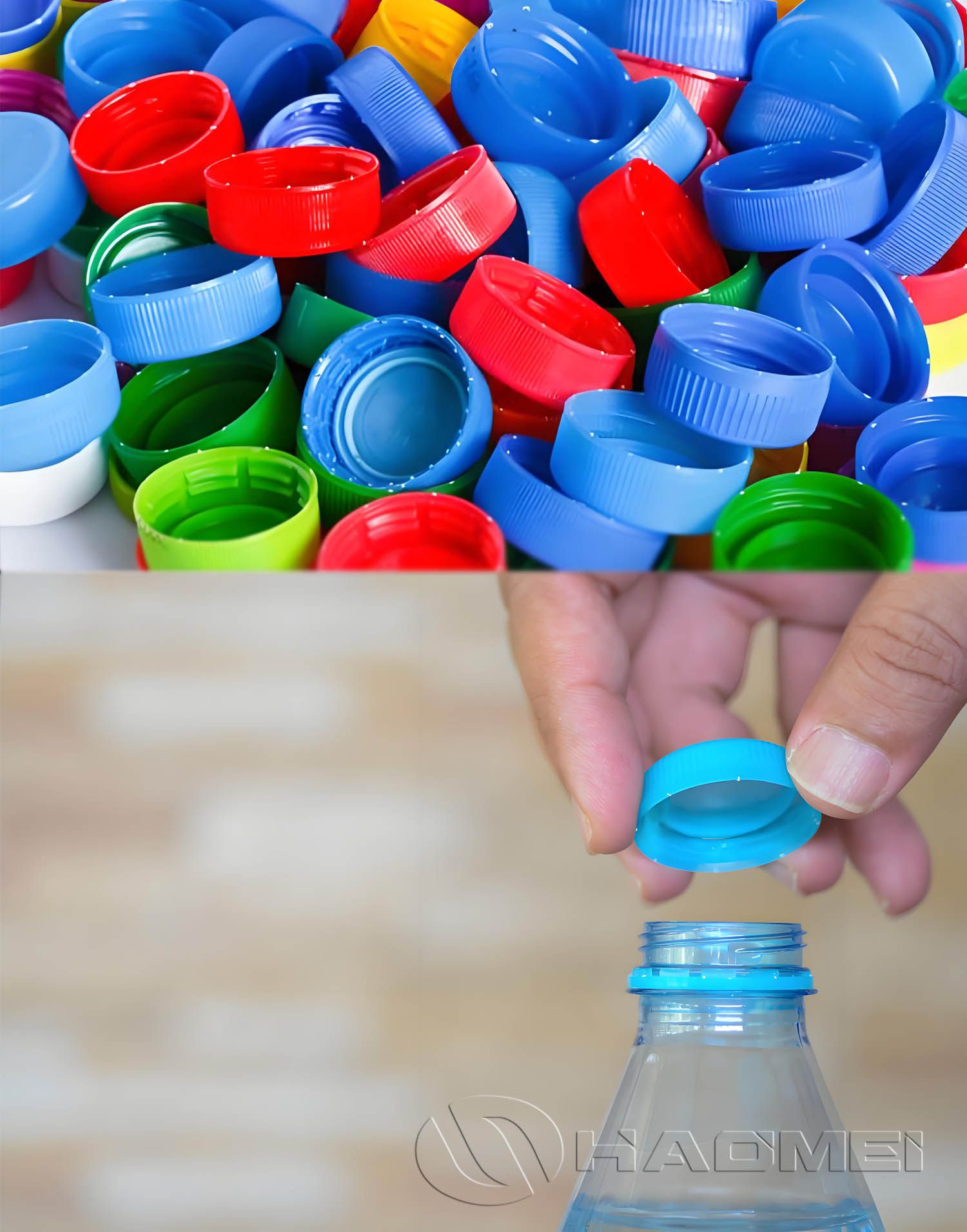
Quality Inspection of Plastic Bottle Caps
To ensure the quality of plastic bottle caps, a series of inspections need to be performed during the production process, including:
1. Appearance Inspection: Checking for defects such as burrs, bubbles, or uneven color on the bottle caps.
2. Dimension Measurement: Ensuring that parameters like the diameter and thickness of the cap meet the standards.
3. Sealing Test: Verifying the degree of fit between the bottle cap and bottle neck to prevent leakage.
4. Pressure Resistance Test: Checking if the cap can maintain its integrity under pressure.
HAOMEI Aluminum is a professional packaging material manufacturer producing aluminum anti-theft caps, aluminum-plastic combination caps, plastic bottle caps, wine bottle caps, olive oil bottle caps, and more. Custom production is available according to customer requirements. The product quality is stable, and we offer global exports, samples, competitive pricing, and reliable customer service. Customers can place orders with confidence!
